Spice Up Your Life: The Ultimate Guide to Ginger-Like Flavors
Table of Contents
- Introduction: The Zesty World of Ginger-Like Spices
- Top 5 Spices That Taste Like Ginger
- Ginger vs. Its Flavor Twins – A Visual Comparison
- Pro Tips for Using These Spices in Everyday Cooking
- Deep Dive: Where Do These Flavors Come From?
- Conclusion: Don’t Be Afraid to Branch Out from Ginger!
Introduction: The Zesty World of Ginger-Like Spices
If ginger were a pop star, it would be the one selling out stadiums with zero effort. Beloved for its sharp, earthy warmth and signature kick, ginger is a staple in kitchens worldwide. But what if I told you there’s a whole squad of spices that bring that same zing—just with a little twist?

Today, we’re diving into the world of ginger-like spices that might just surprise you. Whether you're looking for a substitute or just want to experiment with new flavors, this list has got your back.
Top 5 Spices That Taste Like Ginger
While no spice exactly mirrors ginger’s flavor profile, several come impressively close—with their own unique personalities. Here's our top five contenders:
- Turmeric: Earthy, warm, and slightly bitter—but don’t underestimate its subtle ginger-like charm.
- Galangal: Think of it as ginger’s sharper, more aromatic cousin who vacations in Thailand regularly.
- Cumin: Not an obvious choice, but when used creatively, its nutty warmth echoes ginger’s depth.
- Fingerroot (Chinese Ginger): More intense than regular ginger, with a fresher, greener bite.
- Allspice: A sneaky blend of cinnamon, cloves, and nutmeg—but yes, it can mimic ginger in the right recipe!
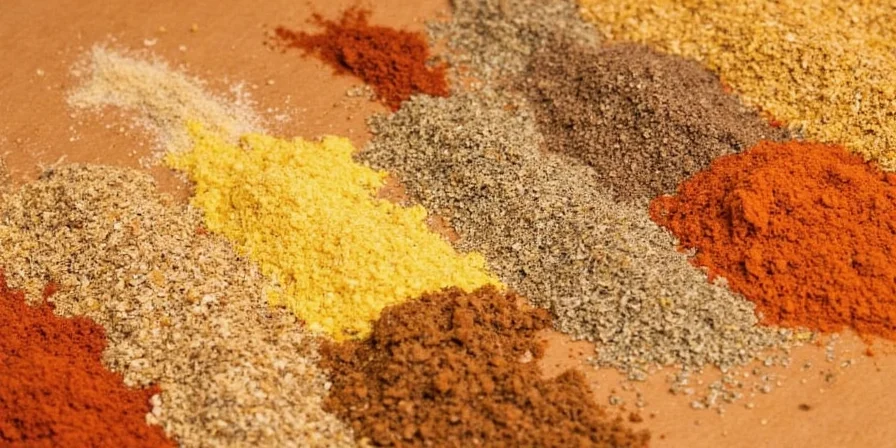
Ginger vs. Its Flavor Twins – A Visual Comparison
To help you better understand how these spices stack up, here’s a handy comparison table that highlights their flavor profiles, best uses, and where they shine brightest.
| Spice | Flavor Profile | Best Use | Similarity to Ginger |
|---|---|---|---|
| Ginger | Warm, peppery, slightly sweet, fresh | Baking, stir-fries, teas, sauces | 100% |
| Galangal | Sharper, citrusy, less sweet | Thai curries, soups, broths | 85% |
| Turmeric | Earthy, bitter, mildly pungent | Curries, rice dishes, golden milk | 60% |
| Cumin | Nutty, smoky, warming | Mexican, Indian, Middle Eastern dishes | 40% |
| Fingerroot | More intense, green, floral notes | Thai salads, dipping sauces | 90% |
| Allspice | Spicy, clove-like, warm | Desserts, marinades, mulled drinks | 50% |
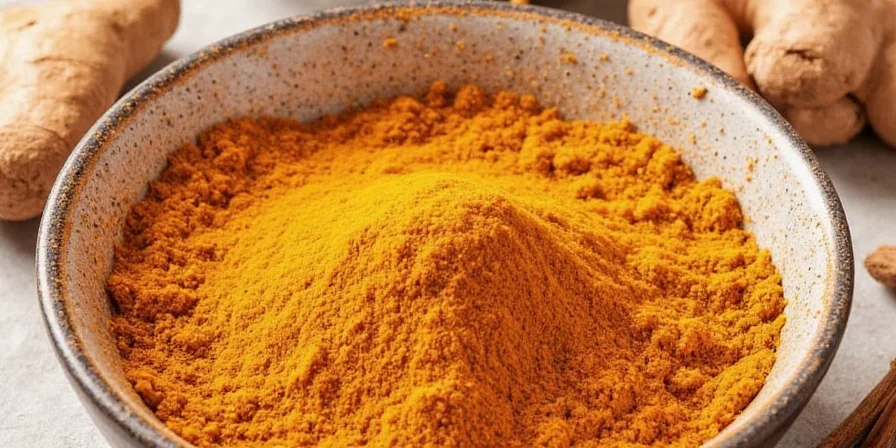
Pro Tips for Using These Spices in Everyday Cooking
Now that you’ve met the squad, let’s get practical. Here are some expert-approved tricks to make the most of these ginger-like spices:
- Use galangal in place of ginger in Thai-inspired dishes. It adds a clean, bright note that pairs beautifully with lemongrass and coconut milk.
- Boost turmeric with black pepper and fat. This combo increases the absorption of curcumin (the good stuff) and enhances its flavor significantly.
- Toast cumin seeds before grinding. This simple step unlocks a deeper, richer aroma that complements ginger-infused recipes like carrot soup or spiced lentils.
- Try fingerroot in salads or raw dishes. Unlike ginger, it holds up well without cooking, giving your dish a crisp, spicy punch.
- Substitute allspice for ginger in holiday baking. Especially in apple pies, pumpkin breads, or ginger snaps—it’s a clever swap that brings seasonal flair.
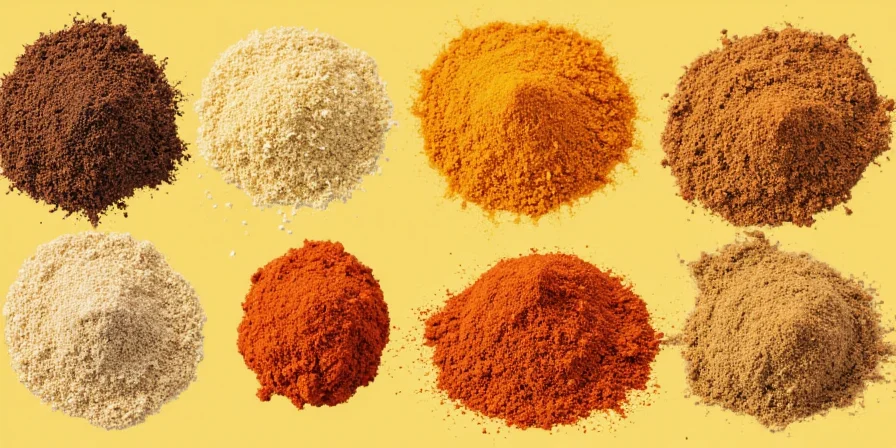
Deep Dive: Where Do These Flavors Come From?
Ginger gets its distinct heat and aroma from compounds like gingerol and shogaol. These chemicals are also present in varying degrees across other rhizomes and spices—explaining why so many have overlapping flavors.
For example:
- Galangal contains galangin, which gives it a more floral, piney note compared to ginger’s bite.
- Turmeric features curcumin, responsible for its vibrant color and mild pungency—though not quite as fiery as ginger.
- Asarone, found in fingerroot, contributes to its sharper, more resinous taste.
Understanding these chemical profiles helps explain why some spices play nicely together—and why others may clash if substituted incorrectly.
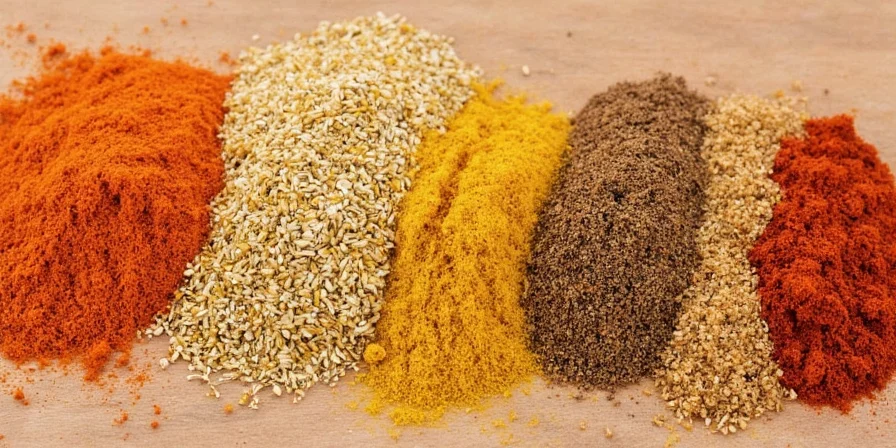
Conclusion: Don’t Be Afraid to Branch Out from Ginger!
Ginger will always have a special place in our spice racks, but now you know there’s a whole crew of ginger-like flavors ready to jazz up your meals. Whether you’re substituting due to availability or simply experimenting, these spices open up a world of flavor possibilities.
So next time you reach for that knob of ginger, pause and consider the alternatives. Who knows—you might just discover your new favorite spice.
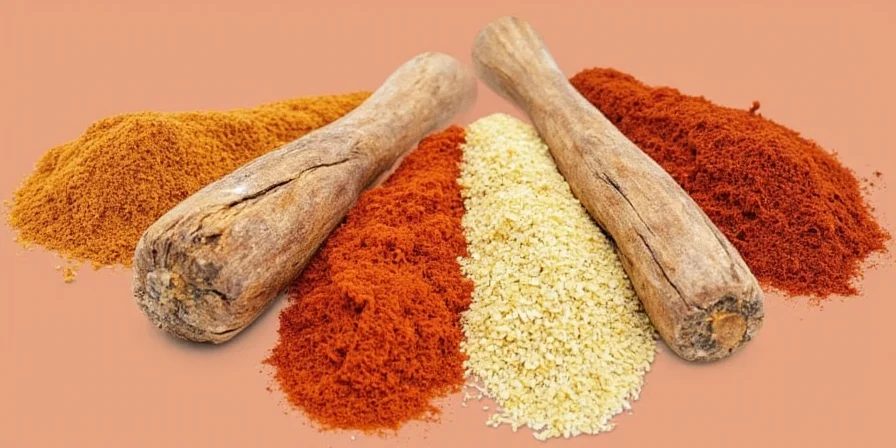

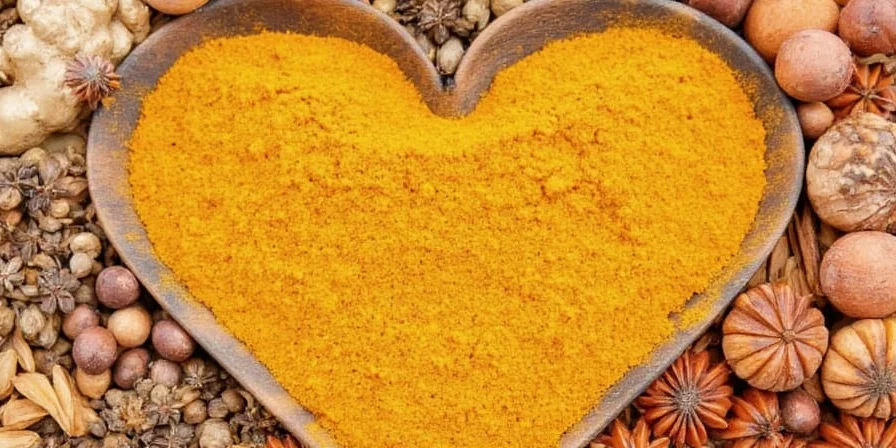









 浙公网安备
33010002000092号
浙公网安备
33010002000092号 浙B2-20120091-4
浙B2-20120091-4